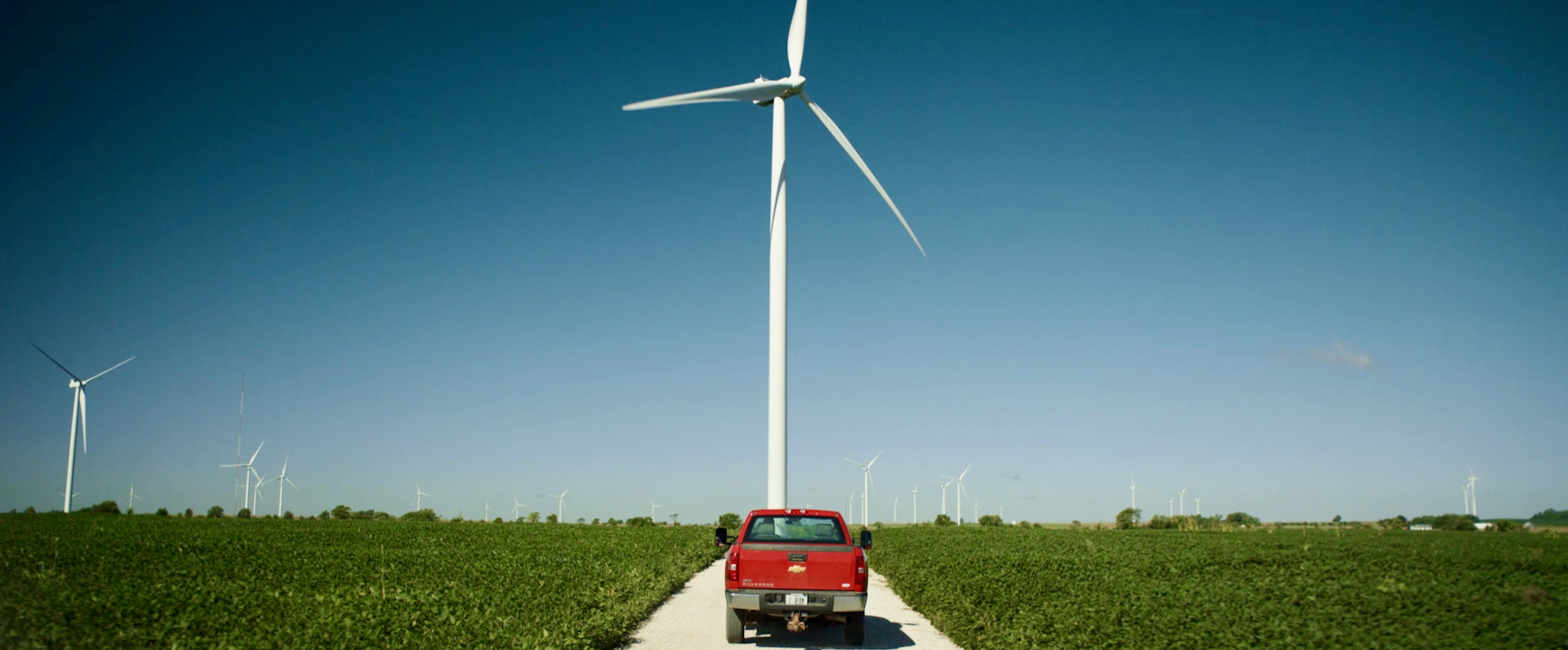Celebrating American Wind Week
Wind is the country’s largest source of renewable energy and the fourth-largest source overall.
In 2017, wind became the nation’s top source of renewable energy. This rapid growth of wind power in the United States marks a milestone worth celebrating, and it prompted the American Wind Energy Association to launch the inaugural American Wind Week.
Across the country, more than 53,000 turbines dot the landscapes of 41 states. And over the next few years, we’ll see even more wind development: on average, 10 new turbines are built every day. In all 50 states, wind power employs more than 100,000 Americans, a figure expected to double by 2024.
What better way to celebrate wind power’s impact on towns and counties across the nation than to hear from members of those communities? To commemorate American Wind Week, we take you around the country to hear how wind energy changes lives and empowers hometowns everywhere.
Floyd County, Texas
Jon Jones served as a commissioner in Floyd County for 15 years. Jones and the other commissioners had to make difficult decisions because money was tight. But since Apex developed Old Settler Wind and Cotton Plains Wind in Floyd County, the tax base has doubled. Between the two wind farms, the localities will receive $50 million in tax payments over the projects’ lifetimes.
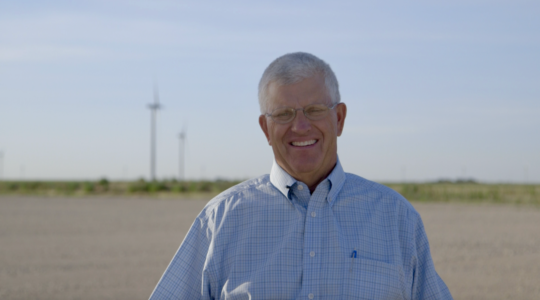
“Because of the wind farms in Floyd County, our schools can provide for our children’s education and our county can provide the services for our residents’ needs,” said Jones. “There are always going to be pros and cons, but from my perspective, the pros outweigh the cons.”
Van Wert County, Ohio
Alyssa Putman was born and raised in Van Wert County, Ohio. After moving away for a few years, she returned and now serves as the administrator at Ridgeview Behavioral Hospital. She and her husband are expecting their third child and recognize that wind energy can bring valuable resources to schools in small-town America. Putman hopes Van Wert one day hosts Long Prairie Wind, which would be the largest taxpayer in the county, providing approximately $81 million in payments to local schools alone.
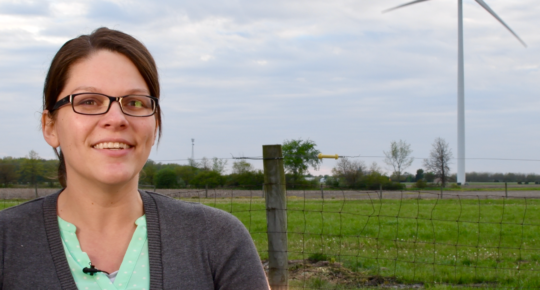
Putman also recognizes the longer-term benefits of wind energy. She and her husband see wind as a means of sustaining their community and creating a thriving environment that they hope their children will be proud to call home decades from now.
“Wind energy is new. It’s refreshing. It shows that we’re progressing, and that’s different for rural Ohio,” Putman said. “For people my age wanting to move back here, that’s really neat to see that Van Wert is trying to progress, that the community is forward thinking, and that we’re actively working to grow.”
Putman and her husband know wind can sustain their community and create a thriving environment that they hope their children will be proud to call home decades from now.
Gratiot County, Michigan
John Hardman and his family run a farm on about 2,000 acres in Gratiot County, Michigan. As both a landowner and a county supervisor, Hardman sees benefits from both perspectives. The town has been able to upgrade infrastructure, maintain roads, and support its fire and rescue, among other improvements it could not make prior to the wind farm’s construction.
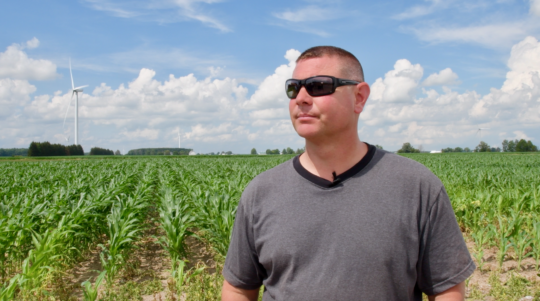
Over the past decade, wind power in the United States has attracted $143 billion of investment. Wind energy will drive another $85 billion in activity across American businesses and communities through 2020. Hardman encourages towns and landowners not to pass up that opportunity.
“Having windmills on your property might generate $30,000 a year, and that money goes directly back into the community,” Hardman explained. “Whether it’s in goods or services, to the auto dealership or upgrading your house, it’s a huge financial benefit to the community.”
Wind power added jobs nine times faster than the average industry last year, and the sector employs veterans at a rate 50% higher than the national average.
Rockingham County, Virginia
Harold Barney just graduated from James Madison University’s Integrated Science and Technology program with a concentration in sustainable energy development. After completing a two-year capstone using thermal imaging to detect leading-edge erosion on wind blades, the JMU grad is interning at the Virginia Center for Wind Energy.
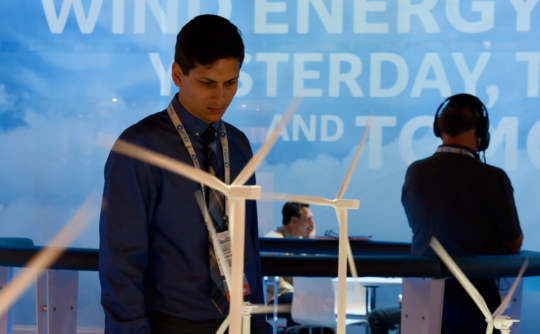
Barney appreciates the impacts of wind’s growth as he enters the workforce. Wind power added jobs nine times faster than the average industry last year, and wind is poised to add 50,000 more jobs over the next four years.
“I’m thrilled to see that there’s so much growth and there are so many jobs out there,” said Barney. “Right now, I just need to get experience so I have the qualifications for those jobs. It’s where I want to be, and I’m excited to see it’s a prime time to be entering the industry.”
Watch Apex’s video celebrating American Wind Week.
